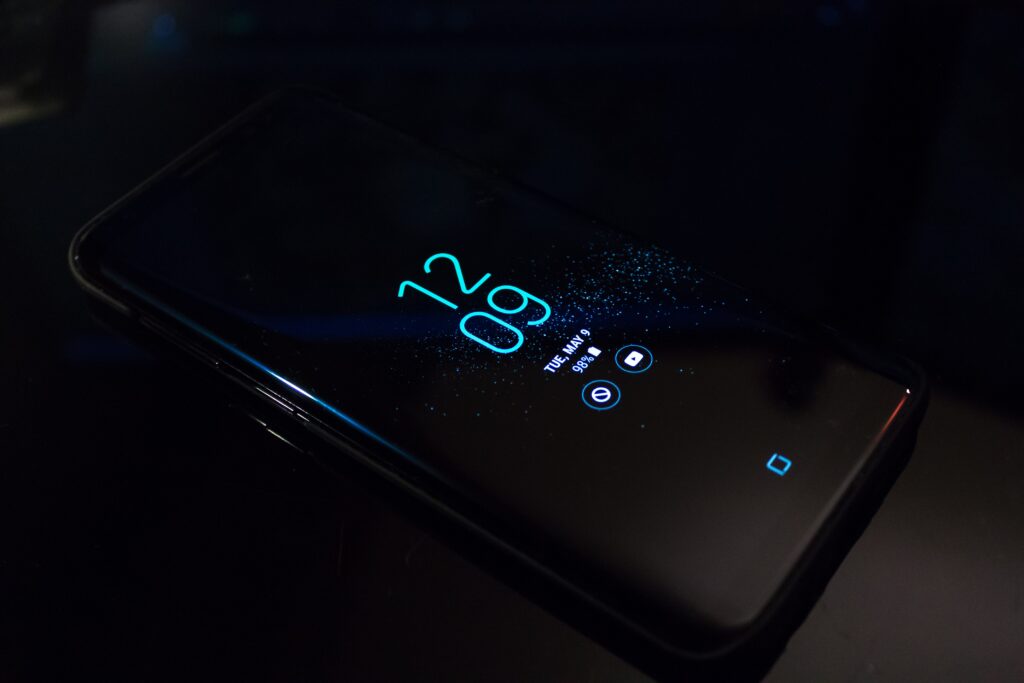We always have it with us. Many have mostly used it for calling and texting. Children have often used it for playing games. However, the smartphone has evolved into a gadget of so many possibilities. Did you know that the smartphone can be used for primary school learning?
The advent of online learning has led to embrace the new way of conducting and delivering learning. With the lockdown in place and schools shut, digital tools have become an inevitable part of our lives to stay in touch, transact, and remain relevant in our world today.
The Case for Learning
The debate about smartphone use in school is ongoing, and for good reason. There are several pros and cons regarding children using phones. The peer pressure to possess a phone, especially for texting friends, is a growing trend. Some students are awarded phones for emergencies only. Others have access to phones with parental controls.
Many children now use smartphones for so much more than making phone calls and texts. It makes sense to glean some very real benefits of having a smartphone.
Here are six ways that smartphones can enhance children’s learning:
Distance & Virtual Learning

Fitted with the right apps, the smartphone can enable distance and virtual learning. There are tons of apps out there to facilitate learning.
The audio and video capabilities of smartphones appeal to sight and hearing.
Zoom app and it’s sister apps Teams and Google Classrooms are revolutionizing e-learning programs around the world. The apps provide clear crisp video and audio capabilities for teacher-learner virtual interaction.
Book reader apps are replacing hard copy and bulk volume books with soft copy of the same.
Youtube is the biggest video content platform on any subject that can benefit students.
Looking up facts

The Internet offers endless research possibilities for students. Who needs the Encyclopedia Britannica when you have a world of knowledge at your fingertips? Google is by far the best search engine there is to consult on any topic. The smartphone enables students to look up unfamiliar terms the teacher mentions without skipping a beat.
Keeping track
Consider it your personal planner/organizer. Keeping track of homework and project due dates can be so much easier with apps. It makes recording and checking in on daily deadlines and upcoming due dates fast and easy.
The reminder/task functions on the smartphone are great ways for students to maintain ongoing to-do lists and add to them throughout the day. Students can remind themselves to perform tasks like finish up a Mathematics homework assignment or contact teacher.
Taking photos, video or audio

Students can take photos or capture video and/or audio clips to reference later when studying at home. They can also use the phones to record and submit activities of their school work projects.
Note taking
The reality is that students are much quicker adding information to their phones than taking handwritten notes. Apps such as Evernote allow children to capture ideas in their notes as well as video, web URLs, photos and more. By using this, students then organize their notes in whatever way feels most logical.
Accessing education apps

Many excellent educational and learning apps are available to help students improve their study habits and be more organized. They can bring teachers’ lessons to life! Smartphones make it easy to access these tools.
Conclusion
So while smartphones can be a distraction, they can also be embraced as an excellent learning tool. The benefits the phones bring to the educational experience are undeniable.
Of course as with any technology, it’s important for parents to have a significant discussion about using the phones appropriately within guidelines set by themselves and the school.
Without a doubt, smartphones are a gateway to information and, if used appropriately, have the potential to enhance students’ learning and their skill preparation for secondary and post-secondary education.
More reading on this subject:
6 ways to use students’ smartphones for learning
Ten Ways Your Smartphone Can Help You Learn
5 Benefits of Using Cellphones in School: Smartphones as Learning Tools



